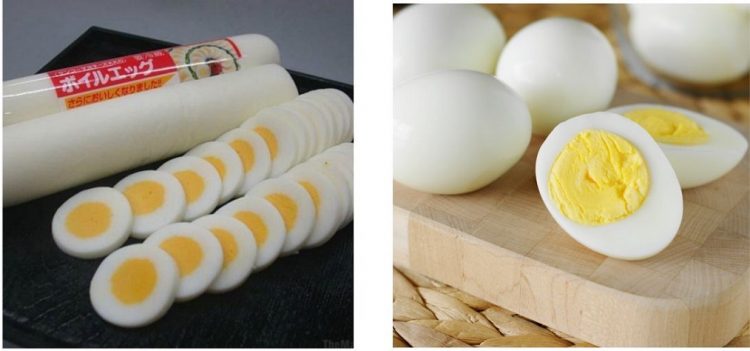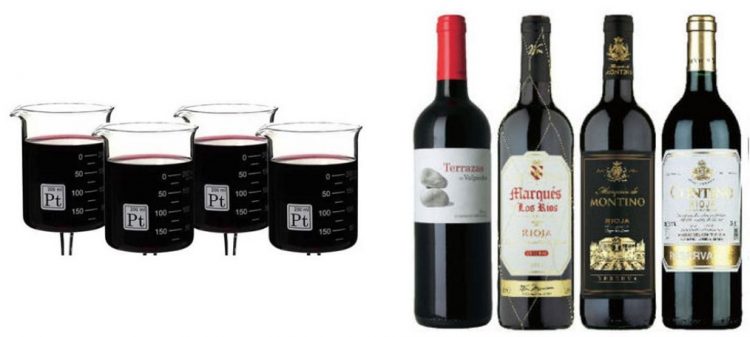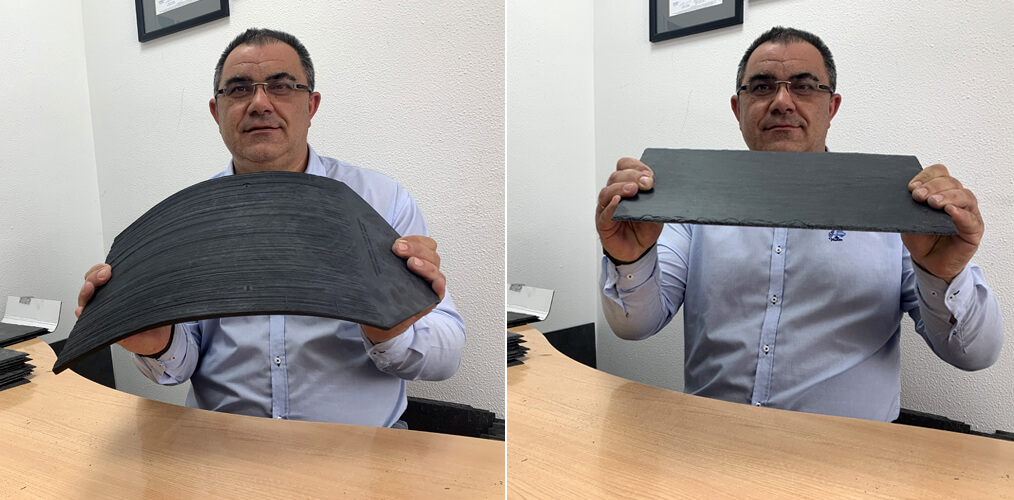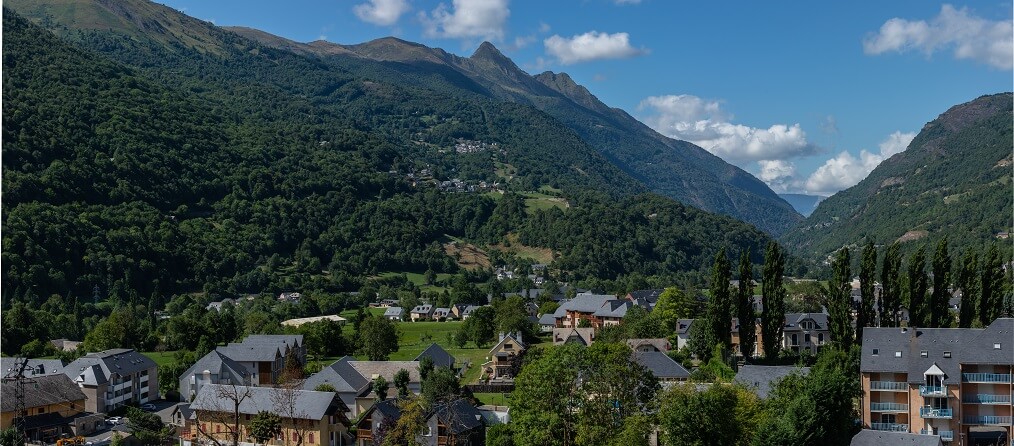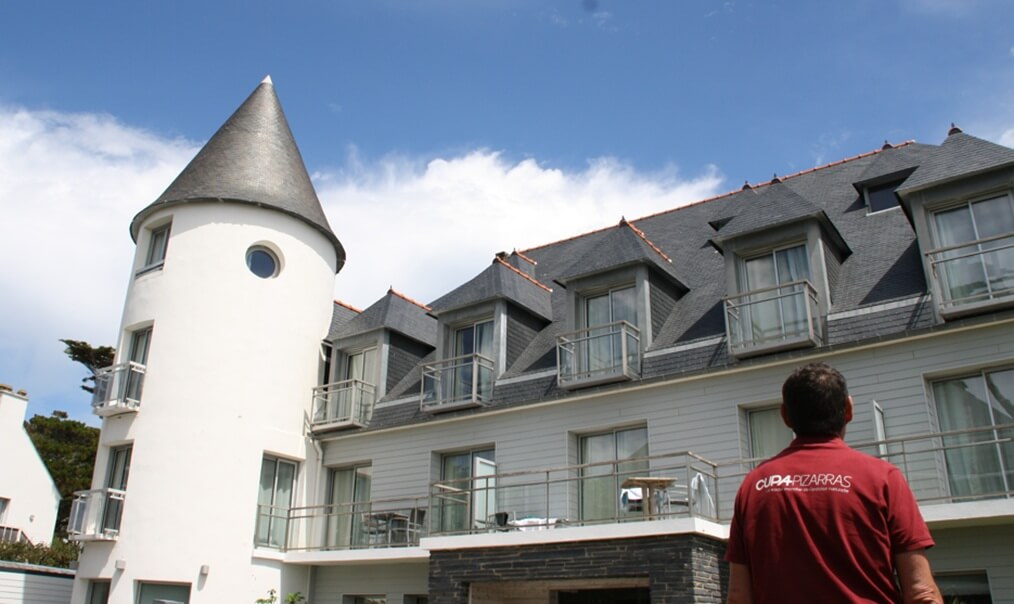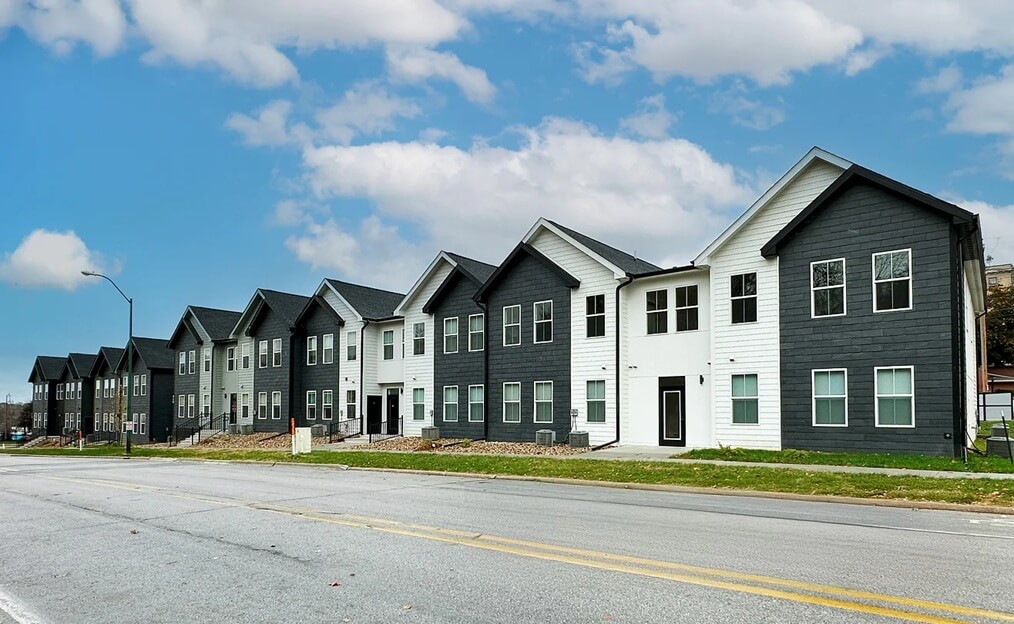The truth about fake roofing slates
Today I will discuss something that can either be very funny or very sad, depends on the eye of the beholder. Let me explain some of the facts about fake roofing slates. Nowadays it is possible to find artificial or synthetic “slate” shingles, usually made of asphalt, rubber, plastic…anything but stone. Of course, companies that sell these products have their right to do it, and if you want to install these materials on your house, that is your decision too. But there are some things I would like to comment about these materials.
-
Terminology
In other words, the names we use for things. A slate is a rock, as so it is defined by the International Union of Geological Sciences as “An ultrafine —or very fine— grained rock displaying slaty cleavage. Slate is usually of very low metamorphic grade, although it may also occur in low-grade conditions.”
Artificial slate is a like non-alcoholic wine or synthetic eggs – it is something that resembles the original product and imitates some of its properties. All right, if you want to drink wine without alcohol or eat synthetic eggs, no problem, since you know that you are having a replacement. We all know how real wine looks and tastes (unless you are under legal age for drinking or don’t drink, of course), so we can tell the difference between the authentic and the imitation.
Synthetic eggs vs real eggs. What do you prefer?
Synthetic wine vs real wine. What do you prefer?
However, synthetic slate is different, unless you have some experience of the topic, you may think that a “slate” is just something to put on the roof (or use to write on), no matter its source. Then you may think that a synthetic slate is just another type of slate. This is a subtle deception due to the incorrect use of terminology. Besides, if you choose synthetic slate, the real world is going to teach you about the importance of durability within a couple of years. This leads us to the next point.
-
Durability
Or the service life and the answer to the question “How long is this going to last?” Like in the fable of the three little pigs, if you use cheap materials to build your house, you can’t complain when the wolf (or severe rain) blows down your entire roof.
There is no comparison between the service life of a roofing slate with the service life of a synthetic roofing slate. Roofing slate can reach several hundreds of years of service life, if the installation (and the quality) is optimal. An average roofing slate cover easily lasts more than 80 years, frequently reaching more than one hundred years.
On the other hand, synthetic roofing slate has a short life. This is due to the extreme service conditions of the roof. Think about it, the roof suffers from heating by direct sunlight, freeze during the night, impact by hailstones, rain, wind, chemical attacks in urban environments, typhoons, falling branches, and, if you live in Japan, the periodic attack of Godzilla. Roofing slate is hardly affected (if at all) by these hazards, but plastic behaves different, especially with temperature changes.
Again, what would you put on your roof? A real or a fake slate?
It is not uncommon that synthetic roofing slates tiles warp after a couple of years, due to these constant temperature changes. It is then very important to have a durable material covering your head. Durability is good for you, for your money and for the environment.
-
Sustainability
Or how can I reduce my carbon footprint? Roofing slate is the most sustainable covering material you can use for your roof (well, I think thatch is also very sustainable…). There are several studies that compare the carbon emissions during the production, transportation and installation of roofing materials (see below), and roofing slate has always had the best score regarding sustainability, but why? The reason lies in the production.
Roofing slate is a natural rock that does not need a deep transformation to be transformed into a roofing material. Just split and trim the slates. On the other hand, other materials (fibrocement, concrete, aluminum, synthetic slate…) need ovens that release huge amounts of carbon to the atmosphere, and this after the process of obtaining the raw material.
Transportation emissions can be little higher than other materials, since roofing slate outcrops are rather scarce and distances can be sometimes long, but this is greatly compensated with the minimal emissions from production. Carbon emissions from natural roofing slates will be produce lower carbon emissions than other materials. On top of this, you can even use the heat from a slate roof to warm water for domestic use (with solutions such as Thermoslate!).
Finally, a remark. I periodically search for new scientific research about roofing (and write some of them myself). It is a great disappointment for me to find papers that refer to roof slate while they mean any other material. Look at these papers and ask the question, do these works really refer to natural roofing slates?
- Relationships of Lower Lung Fibrosis, Pleural Disease, and Lung Mass with Occupational, Household, Neighborhood, and Slate Roof-Dense Area Residential Asbestos Exposure. Kang D, et al. 2018. International Journal of Environmental Research and Public Health 15(8): 10.
- Thermochemical destruction of asbestos-containing roofing slate and the feasibility of using recycled waste sulfuric acid. Nam SN, et al. 2014. J Hazard Mater 265(0): 151-157.
- Comparative characterization of particle emissions from asbestos and non-asbestos cement roof slates. Tadas P, et al. 2011. Building and Environment 46(11): 2295-2302.
Nope, they are referring to asbestos tiles. Some authors really do not know what a natural roofing slate is, despite being academics. Here is a wrong use of terminology, which can lead to severe confusions. Someone could use this to argue that roofing slates contain asbestos and are dangerous to human health, which is a nonsense. Always be careful with people that sell imitations.
This article is part of a series written by the Geologist and slate consultant Víctor Cárdenes, where you can find interesting features about natural slate. We gave you some tips about how you can recognize the best quality slate. Through the international standards you can also predict the performance of the roofing slate.

